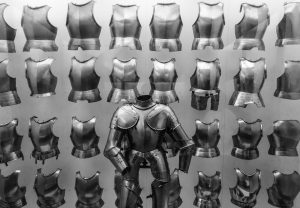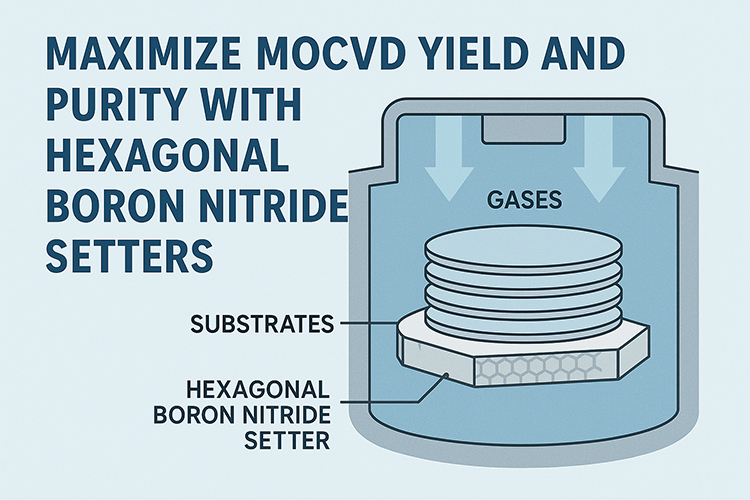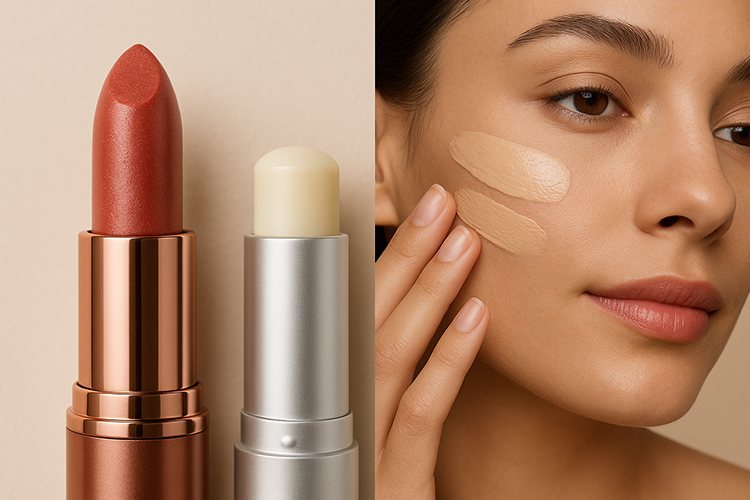Application of Boron Carbide Ceramics in Body Armor

When it comes to providing general protection for the most in extremely violent situations, armors have gone through a series of innovations and infections to make this possible. In the past, hides and skin provided the protection needed against harmful elements. In modern times, armor plates, bulletproof vests, and admitted tanks incorporate a more sophisticated technology to provide protection against warheads. Indeed many super-strong materials besides metal plates have been discovered. One of these is ceramic armor. Advanced ceramics allows for the production of super-strong ceramic materials, which are used in ceramic armors. In fact, since the 90s, ceramic armor has been used to protect vehicles and military personnel from sustaining fatal injuries.

Why Are Ceramics Used in Body Armor?
Ceramics are one of the hardest, lightweight materials known to man. Since their discovery as potential replacements for metal plates and other armor materials, ceramic materials have been used extensively to develop millinery hardware like armored plates, armored vehicles, and body armor. Unlike other materials, ceramic armor does not just catch bullets; they have a structure that shatters the bullets upon impact. This is why they are used extensively in the armor system. The strongest and lightest known ceramic is boron carbide. Lately, another strong ceramic material, silicon carbon, has been employed alongside boron carbide, in making ceramic armors.

In bulletproof vests, ceramic plates are used as inserts to prevent the penetration of bullets upon impact. In fact, they're built in such a way that they deflect the bullets with almost the same force with which they hit any vest with a ceramic insert. And with advanced ceramic technology, which helps in minimizing the size of the ceramic tiles, making them as small as possible, armor plates can retain their integrity even after multiple impacts. In this case, the matrix elements in the plates have a minimum thickness of 1 inch. Boron carbide ceramic material, for this reason, makes for perfect protection against military warheads.
Ceramic Properties of Boron Carbide
There are several ceramic materials today (examples include aluminum oxide, silicon carbide, boron carbide, and aluminum nitride). However, as regards making body armor/armor plates, boron carbide happens to be the most preferred choice of strong ceramic material and even in other applications. In the U.S. military, Small Arms Protective Inserts (SAPI) are the ceramic plates used in body armors, and are made of boron carbide. Boron carbide is notable for its high specific stiffness and strength and chemical inertness, which is typical of most ceramic materials in the complex environment, making its application in the armor system very promising. The surfaces of armor plates made of boron carbide cause the bullets hitting it to lose their force and then surface to shatter into small, hard particles. As the bullet tries to go deeper, the armor ceramics insert forms a fragmented layer. Based on this, the tensile stress within the material causes the ceramics to shatter the bullet. It then absorbs the remaining energy from the bullet and dissipates it within the armor backplate. Boron carbide ceramics came into the limelight in the 1960s when they were first used in designing bulletproof vests. They also fit into the seats of airplane pilots for added protection. Since then, bulletproof ceramic armor has been incorporated into US tanks, military aircraft, and other advanced armor. The same applies to several other military powers around the world. Some common ceramic armors are Norbide Hot Pressed, Saphikon Sapphire, and Hexology Sintere.
Application of Ceramic Armor
Some of the most common applications of ceramic armor, if which boron carbide is one are:
- It is used in ballistic armor protection, such as transport aircraft, land vehicles, helicopters, body armor (ESAP and SAPI), and AC-130U gunships armor protection
- Personal protection or protection for VIP vehicles
- Marine-grade ceramic armor is used in medium and smaller boats
General Benefits of Ceramic Armor
Here are some of the reasons ceramic armor comes top of the list:
- They are some of the hardest, lightweight materials known. Typically, a ceramic composite armor system is about half the weight and five times stronger than similar metal or steel armor systems.
- They're the go-to source for high-performance armor protection. They can be used for protection against armor-piercing rounds and IEDs
- Perfectly reduces creep and stress rupture
- Allows for flexible designs in armor systems.
Conclusion
Boron carbide is the strongest and lighter ceramic material, making it a perfect material for ballistic protection. It can also be used in providing protection in military aircraft, tanks, marine crafts, and other land vehicles.
{{item.content}}
LEVE A REPLY
{{item.children[0].content}}
{{item.content}}
LEAVE A REPLY
SUBSCRIBE OUR NEWSLETTER
- Boron Nitride in Cosmetics: Enhancing Performance and Sensory Appeal
- Maximize MOCVD Yield and Purity with Hexagonal Boron Nitride Setters
- What Are the Advantages and Uses of Boron Nitride Ceramic Sheet?
- The Compression Annealing Advantage for Pyrolytic Boron Nitride
- Beyond Insulation: The Surprising Spectrum of Ceramic Thermal Conductivity











